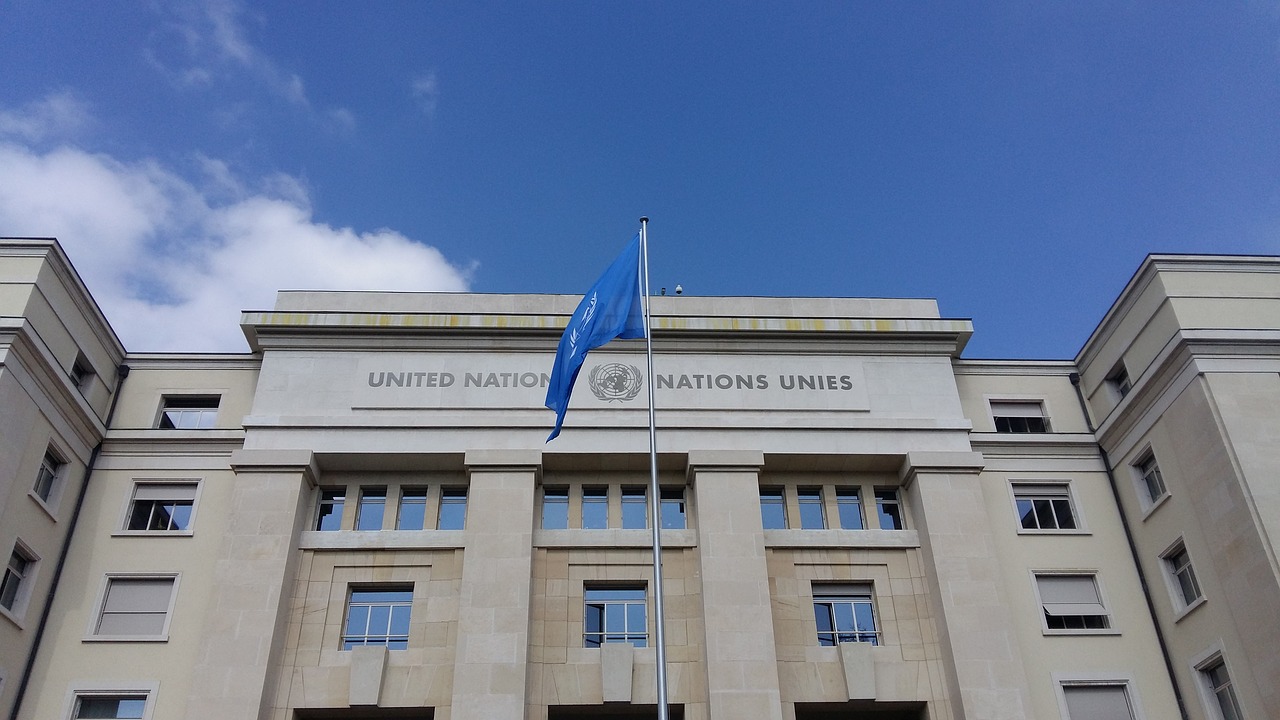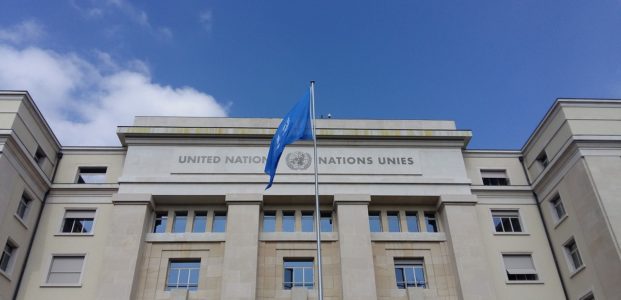SUMMARY
This article summarizes BC’s Bill 41 – 2019: Declaration on the Rights of Indigenous Peoples Act, which reflected one of the Truth and Reconciliation’s Call to Action to implement the United Nations Declaration on the Rights of Indigenous Peoples (UNDRIP).
Recently the Province of British Columbia took a significant step towards incorporating the United Nations Declaration on the Rights of Indigenous Peoples (UNDRIP) into Canada’s domestic law by passing Bill 41, the Declaration on the Rights of Indigenous Peoples Act. This echoes one of the Calls to Action of the Truth and Reconciliation Commission of Canada, which called for federal, provincial, territorial, and municipal governments to fully adopt and implement UNDRIP as the “framework for reconciliation”.1 The purposes of the Act include affirming UNDRIP’s application to the laws of British Columbia, contributing to UNDRIP’s implementation, and “support[ing] the affirmation of, and develop[ing] relationships with, Indigenous governing bodies”.2 The Act appears to be aimed at resolving conflicts between Indigenous peoples and the Crown in British Columbia through a more cooperative model framed around the rights enshrined in UNDRIP.
For those unfamiliar with UNDRIP, it is an international legal instrument that was adopted by the General Assembly of the United Nations in 2007 in order to recognize and reaffirm the inherent rights of Indigenous peoples and communities throughout the world. UNDRIP’s framework is focused on Indigenous issues experienced across the globe in order to establish minimum standards for Indigenous peoples’ survival, dignity and well-being. It also provides guidance for the prevention of discrimination against Indigenous populations. UNDRIP consists of 46 articles that articulate the collective and individual rights held by Indigenous peoples in international law. While international law is not directly enforceable in Canadian courts, UNDRIP has been recognized as an important aid in the interpretation of our domestic law.3 However, the full implementation of UNDRIP in Canada’s domestic law requires legislation that explicitly adopts it.
This is where British Columbia’s new Act comes in. It requires British Columbia to “take all measures necessary” to ensure its laws are consistent with UNDRIP.4 It also requires the Province to prepare and implement action plans in consultation and cooperation with Indigenous peoples so that UNDRIP’s objectives can be achieved and allows for various forms of agreements to be reached with Indigenous governing bodies. In doing so, the Province must consider Indigenous peoples’ distinct languages, cultures, rights, legal traditions, institutions, governance structures, knowledge systems, and relationships with their ancestral territories, among other things.5
UNDRIP itself calls for non-Indigenous governments to work cooperatively with Indigenous peoples in managing their ancestral lands and resources. For example, Article 29 recognizes Indigenous peoples’ right to conserve and protect the environment and the productive capacity of their lands, territories and resources, and calls for non-Indigenous governments to assist them in doing so without discrimination. Other articles of UNDRIP speak to Indigenous peoples’ rights to redress and get compensation for impacts to their territories and the need for non-Indigenous governments to obtain their free, prior, and informed consent before approving projects that might affect their territories.6 These articles can all play an important role in the resolution of disputes in regard to resource management and planning within Indigenous peoples’ traditional territories.
In Canada, the traditional governance structures and inherent rights of Indigenous peoples have been historically undermined by laws such as the Indian Act. UNDRIP provides a more progressive approach that seeks to empower Indigenous peoples rather than constrain them. Its implementation in British Columbia has the potential to begin a new chapter in what has long been a difficult relationship between Indigenous peoples and the Province, moving instead towards collaboration and the recognition of shared responsibilities and decision-making authority. While it is still too early to say precisely what the implications of this legislation will be on the ground, other governments across Canada are no doubt paying close attention.
- Call to Action #43.
- Declaration on the Rights of Indigenous Peoples Act, SBC 2019, c 44 at s 2 (DRIPA)
- See e.g. Simon v Canada (AG), 2013 FC 1117; Canada (Human Rights Commission) v Canada (AG), 2012 FC 445.
- DRIPA, s 3.
- DRIPA, s 1(2).
- See Articles 28 & 32 of the United Nations Declaration on the Rights of Indigenous Peoples, which is reproduced as a Schedule to DRIPA


